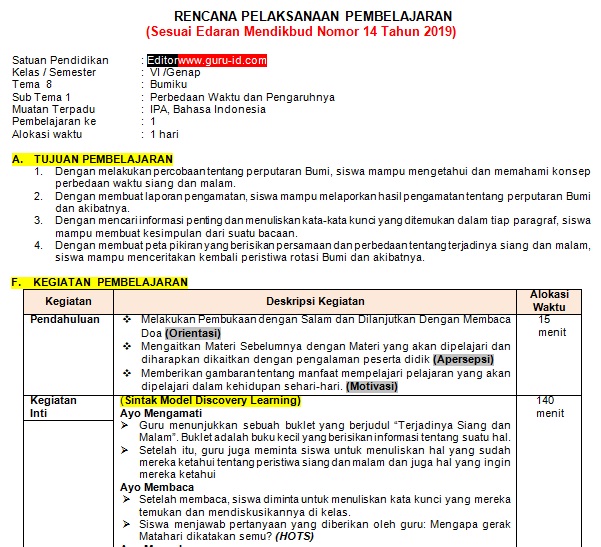The Essential Role of Teachers in PJOK (Physical Education) Learning
Have you ever stopped to consider the profound impact a physical education teacher has on a child's life? Beyond the games and activities, these educators instill lifelong habits of wellness and active living. This article delves into the crucial role of teachers in PJOK (Pendidikan Jasmani, Olahraga, dan Kesehatan), or physical education, health, and sports, in Indonesia.
PJOK is more than just running around a field; it's about developing physical literacy, cultivating teamwork, and promoting healthy lifestyles. The teacher's role in facilitating this holistic development is paramount. They are the architects of the PJOK experience, shaping not only physical skills but also character and social-emotional growth.
Historically, physical education in Indonesia has evolved from basic drills to a more comprehensive approach encompassing health and sports. The teacher's role has similarly transformed from that of an instructor to a facilitator, mentor, and role model. With the increasing recognition of the importance of physical activity for overall well-being, the teacher's responsibility in delivering impactful PJOK lessons has become even more critical.
One of the main issues in PJOK instruction is ensuring accessibility and inclusivity for all students, regardless of their physical abilities or backgrounds. Teachers must adapt their teaching methods to cater to diverse learning needs and create a safe and supportive environment where every student can thrive.
The teacher's role in PJOK can be defined as a multifaceted one, encompassing curriculum design, lesson planning, assessment, and student motivation. They must create engaging and age-appropriate activities that align with national standards while also addressing individual student needs. This requires creativity, adaptability, and a deep understanding of child development.
Effective PJOK instruction offers numerous benefits. Firstly, it promotes physical health and fitness, reducing the risk of childhood obesity and other health issues. Secondly, it develops essential motor skills and coordination. For example, a teacher might design a game that involves throwing and catching, enhancing hand-eye coordination in younger students. Lastly, PJOK fosters teamwork, sportsmanship, and leadership skills through collaborative activities and games.
Creating a successful PJOK program requires careful planning and execution. Teachers can start by assessing student needs and developing learning objectives aligned with the curriculum. Next, they should design engaging lessons that incorporate a variety of activities, including games, sports, and fitness exercises. Regular assessments and feedback are crucial for tracking student progress and making necessary adjustments to the program.
Challenges in implementing PJOK can include limited resources, lack of adequate facilities, and large class sizes. Solutions might involve utilizing community resources, adapting activities to smaller spaces, and employing peer teaching strategies. For example, students can be paired up for partner exercises or small-group games, maximizing limited space and equipment.
Advantages and Disadvantages of a Strong Teacher Role in PJOK
| Advantages | Disadvantages |
|---|---|
| Improved student engagement and motivation | Teacher burnout if not adequately supported |
| Enhanced physical literacy and skill development | Potential for bias or favoritism if not careful |
| Increased focus on health and well-being | Difficulty in catering to diverse learning needs in large classes |
Best practices for PJOK instruction include creating a positive and inclusive learning environment, incorporating a variety of activities, providing regular feedback, and collaborating with parents and the community. Real-world examples include organizing inter-school sports competitions, integrating PJOK with other subjects like science or math, and inviting local athletes to share their experiences with students.
Frequently asked questions about the teacher's role in PJOK include: What qualifications are required to teach PJOK? How can teachers cater to students with disabilities? What are some effective assessment strategies? How can teachers promote parental involvement in PJOK? What resources are available for PJOK teachers? How can technology be integrated into PJOK lessons? How can teachers address bullying or exclusion in PJOK settings? What are some strategies for promoting sportsmanship and fair play?
Tips and tricks for effective PJOK teaching include using positive reinforcement, incorporating music and movement, creating a safe and supportive learning environment, and using a variety of teaching methods to cater to different learning styles.
In conclusion, the teacher plays a pivotal role in shaping the PJOK experience for students, impacting not just their physical health but also their overall development. By embracing best practices, addressing challenges creatively, and fostering a love for physical activity, teachers can empower students to lead healthy, active, and fulfilling lives. The importance of well-trained and dedicated PJOK teachers cannot be overstated. Their influence extends beyond the classroom, contributing to a healthier and more active nation. Investing in PJOK teacher development and providing them with the necessary resources is essential for ensuring the success of PJOK programs and fostering a culture of well-being in Indonesia. Let us support our PJOK teachers in their mission to cultivate a generation of healthy and active individuals.
Controlling the soundtrack mastering the car stereo switch connection
The allure of simple tribal skull art a journey through meaning and method
Finding peace in the heart of taman sri pulai masjid taman sri pulai














